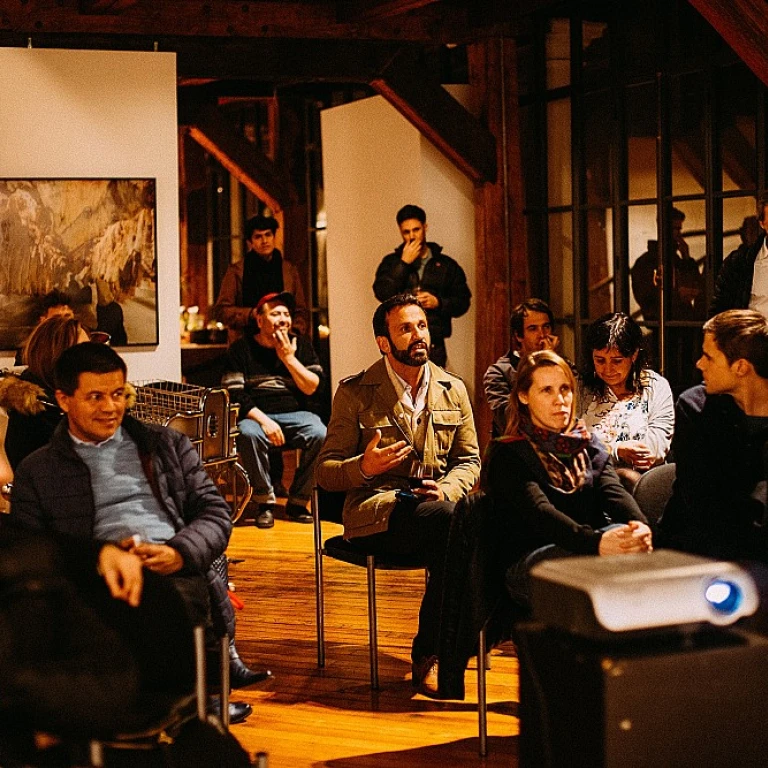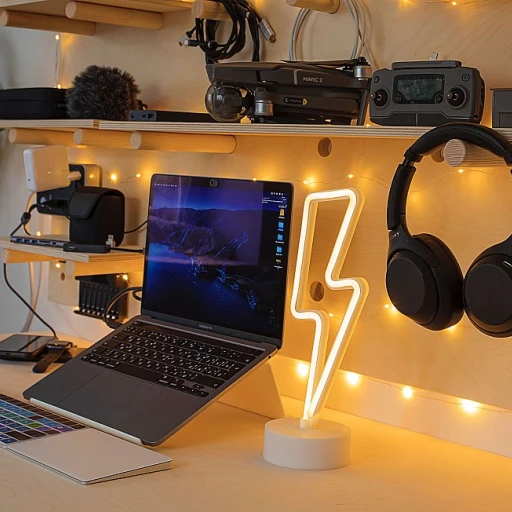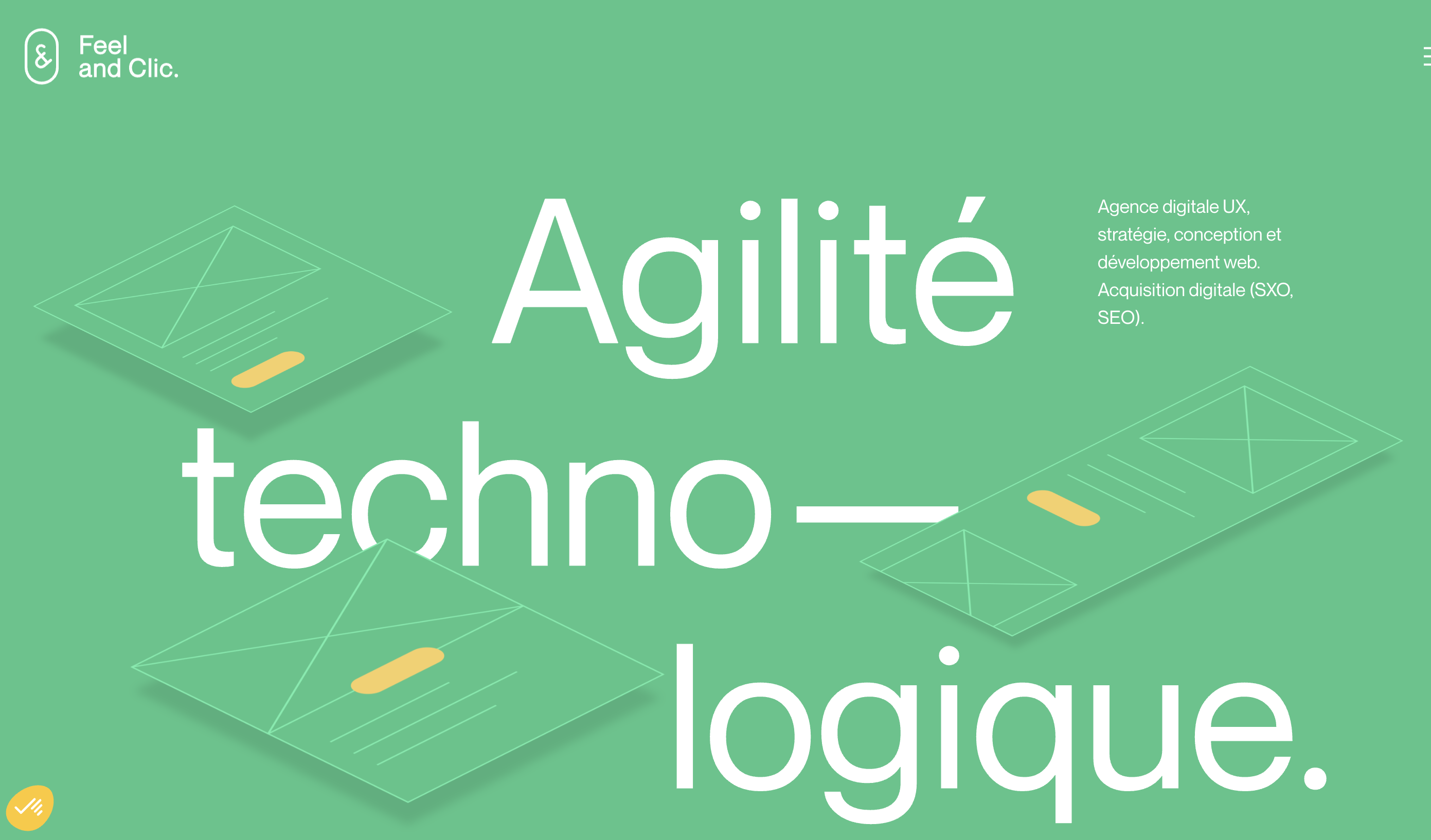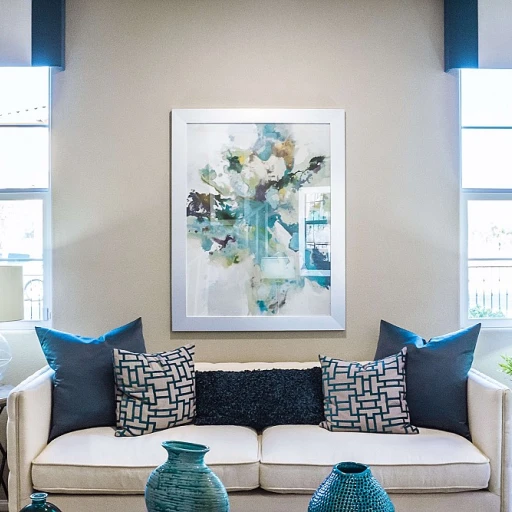Understanding 360-Degree Product Design
Comprehensive Visualization for Enhanced Decision Making
360-degree product design has become a cornerstone in the digital landscape, transforming how customers interact with products and services. Businesses are increasingly leveraging this approach to provide a truly immersive experience, allowing customers to engage with products from every conceivable angle. This degree of interaction not only facilitates a deeper understanding of the product's features but also significantly boosts customer engagement, which is crucial for both marketing and sales efforts. This design strategy utilizes advanced technologies such as 3D modeling and augmented reality to create interactive virtual tours. This process results in a product visualization that simulates real-world interaction, offering potential customers a digital experience akin to inspecting a product firsthand. For businesses, this means a remarkable opportunity to present their products or services in a more compelling and informative manner. Aside from enhancing the shopping experience, 360-degree product design positively impacts conversion rates. Customers informed through interactive product images and virtual tours are more likely to make purchasing decisions as their confidence in their choice increases. Furthermore, the data collected from such interactions provide valuable customer data insights, enabling businesses to refine their marketing strategies and improve overall customer service. Incorporating 360-degree design not only enhances digital marketing efforts but also enriches social media content. Engaging visuals and immersive virtual experiences captivate audiences, encouraging shares and interactions that amplify reach and visibility in the digital realm. Delving into the nuances of interactive and immersive design, one can explore how augmented reality is revolutionizing virtual design via digital landscape transformation. Such advancements not only help businesses present a more comprehensive product view but also set the foundation for innovative marketing strategies centered around engaging customer experiences.The Impact of 360-Degree Design on User Engagement
Elevating Customer Interaction
360-degree product design has revolutionized how businesses engage with their customers. By providing a comprehensive view of products, it allows potential customers to interact with products in a way that traditional product photography cannot match. This immersive experience enhances customer engagement by offering a virtual tour of products, allowing users to explore every detail in real time.
Boosting Conversion Rates
The integration of 360-degree views into digital marketing strategies has proven to significantly boost conversion rates. When customers can interact with a product as if they are physically present, it creates a more compelling shopping experience. This interactive approach helps customers make informed decisions, ultimately leading to increased sales and improved customer satisfaction.
Enhancing Customer Experience
By leveraging 360-degree product visualization, businesses can offer a more personalized and engaging customer experience. This approach not only helps in showcasing products but also in building a strong emotional connection with customers. Interactive content such as virtual tours and product booths can be effectively used in social media marketing to capture the attention of a wider audience, enhancing customer service and support.
Data-Driven Engagement
Utilizing customer data effectively is crucial for maximizing the impact of 360-degree design. Businesses can analyze customer interactions to refine their strategies, ensuring that the content remains relevant and engaging. Effective data management allows for a more tailored approach to customer engagement, helping businesses to better understand and meet the needs of their audience.
For more insights on how digital accessibility can reinvent inclusion in design, visit this article.
Tools and Technologies for 360-Degree Design
Exploring Powerful Tools and Technologies
The realm of 360-degree product design is a flourishing landscape powered by ever-evolving technologies and tools. Businesses have leveraged a variety of digital innovations to create immersive experiences, enhancing customer engagement through engaging product visualization and interactive content. Let's dive into some of these significant tools.
- Virtual Tour Software: Virtual tours provide an all-encompassing view, crucial for offering a realistic product perception. This helps customers explore products in a more organic way, akin to a physical shopping experience, thereby improving customer satisfaction and potentially boosting conversion rates.
- 3D Modeling and Rendering Tools: These technologies take product photography to the next level, allowing businesses to generate interactive 3D product images. Such products can be showcased in a 360-degree view, offering a comprehensive understanding of the product details.
- Augmented Reality (AR) Applications: AR bridges the gap between virtual and reality, providing real-time interactive experiences. AR not only elevates customer service but also adds a personalized touch to the shopping experience by allowing customers to see products in their own environment before purchasing.
- Data Analysis and Management Tools: Effective data management plays a crucial role in understanding customer data and behavior. Integrating these insights into digital marketing strategies can result in tailored product services that align with customer preferences and boost customer engagement on social media platforms.
An integral aspect of mastering interaction design lies in selecting the right technologies aligned with your business objectives. As these tools continue to develop, so do the opportunities for enhancing customer experiences through 360-degree designs, offering both businesses and customers an enriched product journey.
Challenges in Implementing 360-Degree Designs
Navigating the Complexities of 360-Degree Product Design
Implementing 360-degree product design can be a transformative step for businesses, enhancing customer engagement and providing a more immersive shopping experience. However, the journey is not without its hurdles. Let's explore some of the key challenges that companies face in this innovative domain.
Technical Challenges and Data Management
One of the primary obstacles in adopting 360-degree design is the technical complexity involved. Creating a seamless virtual experience requires robust data management systems to handle vast amounts of customer data and product information. This is crucial for delivering real-time interactive content that can help customers make informed decisions. Companies must invest in advanced digital marketing tools and technologies to ensure smooth product visualization and virtual tours.
Cost Implications and Resource Allocation
Another significant challenge is the cost associated with implementing these technologies. High-quality product photography and virtual tours demand substantial investment in both time and resources. Businesses need to allocate budgets for developing the necessary infrastructure and training staff to manage these digital assets effectively. This can be particularly daunting for smaller businesses with limited resources.
Ensuring Consistent Customer Experience
Maintaining a consistent customer experience across various platforms is another hurdle. With the rise of social media and other digital channels, businesses must ensure that their 360-degree product views and interactive content are optimized for different devices and platforms. This requires a strategic approach to digital marketing and a keen understanding of customer service dynamics to enhance customer engagement and conversion rates.
Balancing Creativity with Practicality
Lastly, businesses must strike a balance between creativity and practicality. While innovative designs can captivate potential customers, they must also be functional and user-friendly. The challenge lies in creating engaging digital content that not only attracts but also retains customer interest, ultimately driving sales and boosting customer satisfaction.










